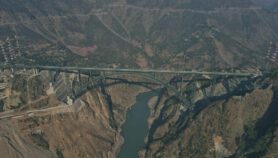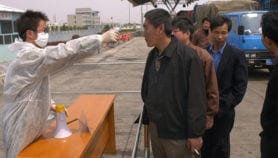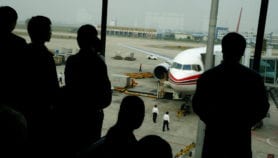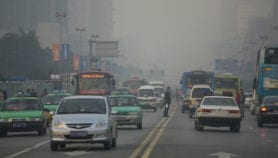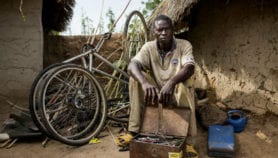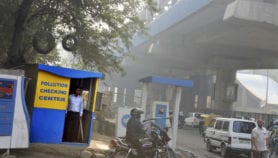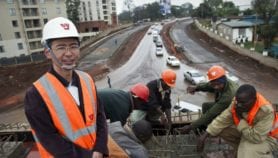Send to a friend
The details you provide on this page will not be used to send unsolicited email, and will not be sold to a 3rd party. See privacy policy.
[SARAWAK, MALAYSIA] Every week, Francis Lo drives a truck down a logging road between Miri, on the Borneo coast, and the Kelabit Highlands, in the island’s interior. It’s a long, precarious journey through a region that is rapidly changing as forests disappear to loggers and remote cultures adapt to an influx of modern goods. Lo’s travels depict the dilemmas that many developing societies face with the construction of new roads.
Worldwide, a billion people live without adequate transport or access to goods and services. [1,2] Many experts say the construction of rural roads is key to alleviating poverty and boosting local economies. [1] Roads can link farmers to markets. They can bring jobs to remote locations. They can pave the way for children to attend school.
But others point out the high ecological price of these economic opportunities. [3] Roads can increase flooding, erosion, pollution and wildlife trafficking. They can also be a factor in the spread of malaria, dengue fever, diarrhoeal pathogens and sexually transmitted diseases. [4]
In the developing world, a road is often judged by what it does and what it can bring. Some see prospects, while others see pitfalls.
References
[1] Maryvonne Plessis-Fraissard Rural roads important to global development (World Highways, April 2011)
[2] Rural Access Index (World Bank, accessed 24 February 2014)
[3] Rhett A. Butler Roads are enablers of rainforest destruction (Mongabay.com, 24 September 2009)
[4] Joseph N. S. Eisenberg and others Environmental change and infectious disease: How new roads affect the transmission of diarrheal pathogens in rural Ecuador (Proceedings of the National Academy of Sciences, 19 December 2006)


